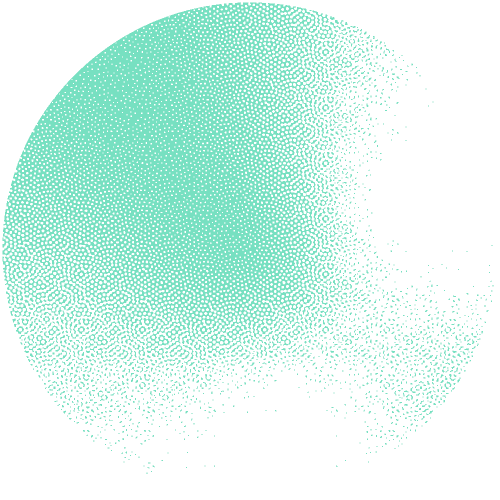Can more species be saved from extinction by using artificial intelligence? A team of researchers, led by SIB Group Leader Daniele Silvestro of the University of Fribourg and University of Gothenburg, has trained a new software package, CAPTAIN, to take account of essential parameters - including financial ones - for an efficient choice of areas to be protected. For a given budget, CAPTAIN offers solutions that protect more species than alternative methods. Their work is published today in the journal Nature Sustainability.
Responses to the increasingly urgent calls for action to halt biodiversity loss are ultimately limited by the financial resources that governments and policy makers are able (or willing) to allocate to conservation programmes. Increasing and widespread human pressures on ecosystems and the escalating climate crisis further complicate the search for effective ways to protect nature. An international team of Swiss, Swedish and British scientists now says that better targeted conservation policies can be designed with artificial intelligence. The research group has drawn on biology, environmental economics and computer science to develop a new approach for determining where it is most relevant and effective to establish protected areas in a region or country.
More species protected for a given budget
Their solution is implemented in an open-source software package, CAPTAIN (Conservation Area Prioritization Through Artificial INtelligence), which integrates data on biodiversity and the budget allocated to conservation, together with human pressures and climate change. Models optimized through AI thus make it possible to obtain better solutions than those developed using other software. For a given budget, CAPTAIN offers solutions that protect more species than more simplistic approaches, such as those that focus on protecting the most species-rich areas.
Continuous monitoring is crucial
In the course of their modelling work, the authors have also found that biodiversity is best protected when detailed knowledge about the spatial distribution of species is available and populations are regularly monitored - not only by experts in the field and by taking advantage of new technologies such as environmental DNA and drone imagery, but also by citizen-science initiatives.
An algorithm trained in a ‘video game’ situation
“To optimize our AI models, we simulate an artificial world, which includes many species exposed to human pressures, such as direct exploitation or land use changes, and to climate change," says computational biologist Daniele Silvestro, professor at the University of Fribourg and Group Leader at SIB, and first author of the paper. “We then let the algorithm play the role of a policy maker, as in a video game, where the reward is the number of species spared from extinction at the end of the game. The program plays the game many times, after which it learns how best to place protected areas in this simulated world. After this training phase, the algorithm is ready to be applied to real-world data."
"Given that not a single of the 20 Aichi biodiversity targets internationally agreed upon in 2010 has been fully met, it is clear that we need to rethink how effective and realistic conservation policies are drawn up," says Alexandre Antonelli, Director of Science at Kew (UK), who co-led the research. “We think AI can be a game-changing tool to help policymakers to make the best use of available data and halt irreversible biodiversity loss."

Reference(s)
Silvestro, D et al. Improving biodiversity protection through artificial intelligence. Nature Sustainability, 2022.
Banner image credit: Alexandre Antonelli










